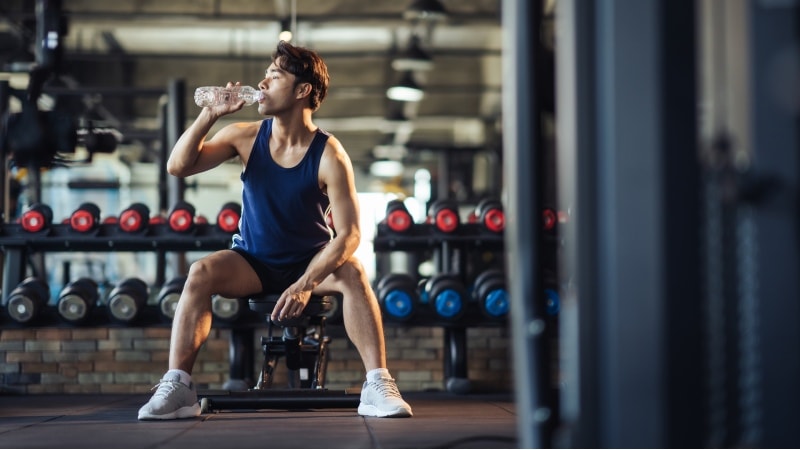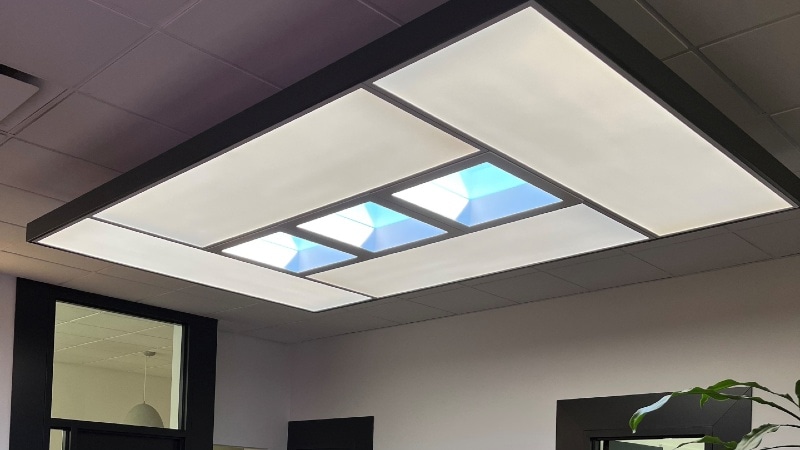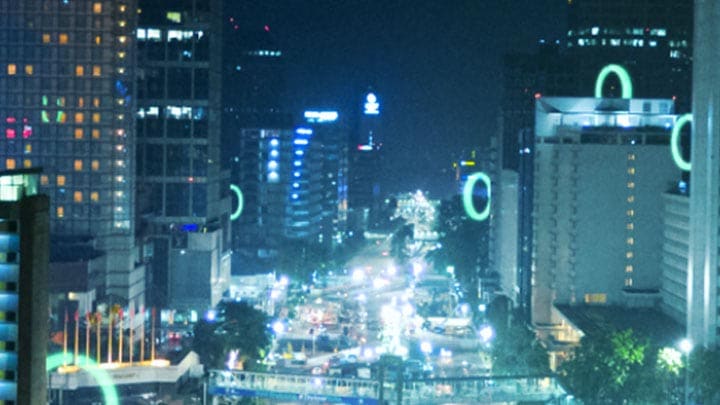How exposure to the right light at the right time can give Formula 1 drivers a competitive advantage
How exposure to the right light at the right time can give Formula 1 drivers a competitive advantage
Even if you've never flown on a jet before you've probably experienced some of the symptoms of jet lag: trouble falling asleep or waking up at the right time, general fatigue, lack of concentration, unpredictable spikes in hunger, and quite often irritability.
None of these are caused directly by flying. Instead, they’re the result of your body clock falling out of sync with the environment, which very often happens when you change time zones. Fortunately, jet lag usually goes away after a few days, as your internal body clock readjusts to the new time zone.
Unfortunately, professional athletes don’t usually have the luxury of being able to wait a few days for their jet lag to wear off. If not addressed effectively, unsynchronized sleep/wake cycles (caused by jet lag or otherwise) can put athletes at a serious competitive disadvantage. This is as true for Formula 1 drivers as it is for athletes in any sport.
The challenges faced by Formula 1 drivers
Since entering into partnership with the Mercedes-AMG PETRONAS F1 Team in 2024, Signify has learned a great deal about the intensity of the Formula 1 racing schedule and the unique challenges that drivers face to achieve and maintain peak performance.
Every year from March to December, drivers compete in 24 races across five different continents. With all the shifting time zones, long international flights, and races taking place at night, as well as during the day, jet lag is bound to occur.
But in a sport where racers can hit speeds of 378 km/h (234.9 mph), milliseconds can mean the difference between winning and losing—so feeling sleepy at the wheel isn’t an option. Drivers and teams are therefore always on the lookout for ways to sharpen their focus and reflexes to gain an extra 1% or 2% in performance.
Through the partnership with Signify, the Mercedes-AMG PETRONAS F1 Team is experiencing firsthand how exposure to the right light at the right time can minimize the effects of jet lag and help drivers maintain their sleep/wake cycles effectively, no matter where in the world they find themselves.
The role of the human circadian rhythm
George Russell’s words highlight the intimate relationship between light exposure, sleep quality, and performance, all of which are related to the human circadian rhythm.
The circadian rhythm is the result of millions of years of evolution, over which time human beings have adapted to live in sync with the planet’s approximate 24-hour day-to-night cycle. Before the very recent era of artificial light, humans used the hours of natural daylight to perform all their necessary tasks before sleeping through the darkness.
A structure in the brain known as the suprachiasmatic nucleus (SCN), located in the hypothalamus (just behind the eyes), plays a key role in keeping bodily processes, cells, and organs in sync with this natural day-and-night cycle.
The SCN is largely responsible for keeping the circadian rhythm in sync with the planet's 24-hour cycle, but it depends on receiving the right signals at the right time. These signals are received when a certain wavelengths of light enters the eyes.
For healthy circadian rhythms and sleeping patterns, you need different wavelengths and quantities of light throughout the day, coupled with darkness at night. Specifically, you need bright, high-CCT light in thel ate morning and dim, low-CCT light in the evenings. In fact, the light you experience throughout the day could affect your circadian rhythms more powerfully than any drug.

The key to waking up rested and ready to perform
Modern indoor lifestyles have profoundly changed people's work and social schedules, disconnecting them from the natural solar cycle and pushing their circadian rhythms out of sync, making it harder to get a good night’s sleep.
But sleep is such a fundamental part of life on earth that it can be observed in all studied animals, from jellyfish to worms. Sleep enables restoration processes in the brain which are essential for its healthy functioning. Poor sleep, both in terms of duration and quality, impedes these processes and leads to a drop in cognitive performance the following day in addition to a higher risk for Circadian Disruption Diseases.
By starting your day with prolonged exposure to bright cyan-enhanced light, you can strengthen your circadian rhythm to improve the regularity, duration, and quality of your sleep. This ensures your brain can get the rest it needs at night, making it easier for you to wake up the next morning, feeling better prepared for the day ahead, with a positive mood and higher mental engagement.
Signify circadian lighting for athletes
Signify has been at the forefront of circadian or human-centric lighting since its beginnings, offering a range of solutions that are specifically designed to support circadian rhythms and sleep/wake cycles by mimicking the spectrum, brightness, and color temperature of natural sunlight.
The power to bring the benefits of natural light indoors is already a game-changer in education, healthcare, and office environments—minimizing circadian disruption and its negative effects, which can reduce people’s productivity to such an extent that the economy feels it.
Now, Signify’s partnership with the Mercedes-AMG PETRONAS F1 Team has brought circadian lighting to the world of racing. While raw talent and cutting-edge engineering dominate the headlines, elite performance isn’t just about what happens on track. It’s about preparation, focus, and the ability to sustain peak conditions across a relentless season.
Adapting and maintaining peak performance isn’t just a challenge —it’s a science.

Kimi believes that exposure to the right light at the right time boosts his reaction times and precision, helping him to perform at 100% in terms of his mental clarity.
Given the proven benefits of circadian lighting, it has the potential to become the next big advantage in sports. And as the world leader in lighting, Signify is perfectly positioned to educate professional sports teams and athletes on how to use the technology to support healthy circadian rhythms and sleep/wake cycles.
Just like a race car needs to warm its tires before a race, drivers need to rest properly to perform at their best, regardless of the time zone they’re in. Formula 1 driver, George Russell is already aware of the huge competitive advantage that stands to be gained, “Sleep is free performance. If you can have a good nine hours’ sleep, you’re not putting hard work into that, and that makes you feel better. When you get into the right rhythm, that really has a positive impact.”
Global PR Manager – Business Professional
Krithika Bollamma B C
Tel: +91 8123479307
Signify (Euronext: LIGHT) is the world leader in lighting for professionals, consumers and the Internet of Things. Our Philips products, Interact systems and data-enabled services, deliver business value and transform life in homes, buildings and public spaces. In 2023, we had sales of EUR 6.7 billion, approximately 32,000 employees and a presence in over 70 countries. We unlock the extraordinary potential of light for brighter lives and a better world. We have been in the Dow Jones Sustainability World Index since our IPO for seven consecutive years and have achieved the EcoVadis Platinum rating for four consecutive years, placing Signify in the top one percent of companies assessed. News from Signify can be found in the Newsroom, on X, LinkedIn and Instagram. Information for investors is located on the Investor Relations page.
